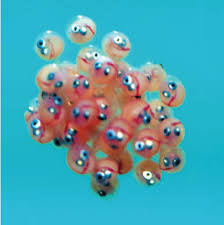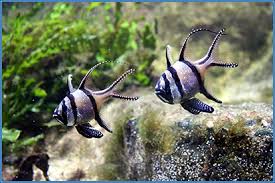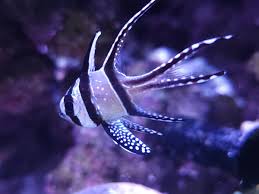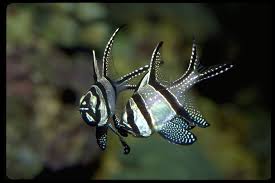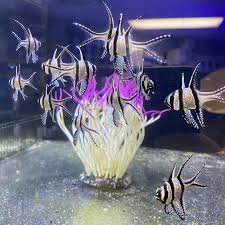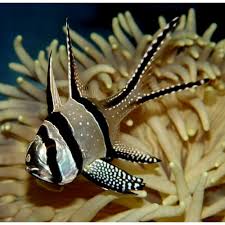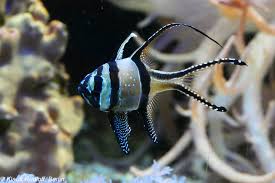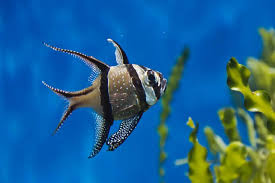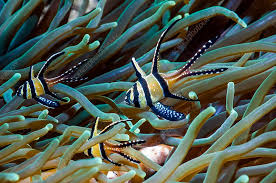Exploring the Types of Dragons in Chinese Stories and Legends
Dragons have long been revered as powerful and divine beings in Chinese mythology, symbolizing strength, wisdom, and cosmic balance. Unlike their Western counterparts, which are often depicted as fire-breathing creatures to be defeated, Chinese dragons are seen as benevolent forces that control natural elements, protect the heavens, and guide humanity.
Throughout China’s vast history and folklore, numerous types of dragons have emerged, each with unique characteristics and roles in mythological stories. This article explores the various kinds of dragons found in Chinese legends, examining their symbolism, significance, and impact on cultural traditions.
I. The Role of Dragons in Chinese Mythology
1. The Symbol of Cosmic Harmony
Dragons in Chinese culture are believed to bridge the gap between heaven and earth, maintaining the balance of yin and yang. They are often associated with emperors, who were thought to be descendants of dragons and wielded their divine authority.
2. Guardians of the Elements
Many Chinese dragons are connected to natural elements such as water, fire, wind, and earth. They are known to control rain, rivers, and celestial movements, ensuring prosperity and stability.
3. Protectors of Sacred Places
Some dragons act as guardians of temples, mountains, or underwater palaces, protecting treasures and divine knowledge from those unworthy of possessing them.
Now, let’s explore the different types of dragons that appear in Chinese myths and stories.
II. The Nine Major Types of Chinese Dragons
Chinese folklore describes various kinds of dragons, each with its own unique appearance, power, and function. Among them, the Nine Classical Dragons (九子龙, Jiǔzǐ Lóng) are among the most well-known.
1. Tianlong (天龙) – The Celestial Dragon
Tianlong, or the Celestial Dragon, is a divine being that guards the heavens and protects the residence of the gods. It is often depicted soaring through the sky, adorned with golden scales, and surrounded by clouds.
Role in Mythology:
- Guards celestial palaces and divine realms.
- Ensures harmony between the mortal world and the heavens.
- Appears in temple carvings and imperial architecture as a symbol of divine protection.
2. Shenlong (神龙) – The Spiritual Dragon
Shenlong, or the Spiritual Dragon, is responsible for controlling wind, rain, and storms. Unlike other dragons, it is rarely seen but is highly respected in Daoist traditions.
Role in Mythology:
- Governs the weather and seasons.
- Often invoked by emperors and farmers for good harvests.
- Appears in many ancient texts as a divine messenger of the sky.
3. Fucanglong (伏藏龙) – The Treasure-Guarding Dragon
Fucanglong is a dragon that resides underground, protecting hidden treasures, including magical artifacts and precious metals. It is often associated with volcanoes and earthquakes.
Role in Mythology:
- Guards sacred relics and imperial treasures.
- Symbolizes the hidden wisdom of the earth.
- Believed to cause earthquakes when it moves beneath the ground.
4. Dilong (地龙) – The Earth Dragon
Dilong, or the Earth Dragon, is a subterranean dragon that rules over rivers and streams. Unlike Shenlong, which controls rainfall, Dilong governs the flow of water within the earth.
Role in Mythology:
- Helps regulate underground water sources.
- Symbol of fertility and agricultural prosperity.
- Mentioned in ancient texts related to Feng Shui and geography.
5. Yinglong (应龙) – The Winged Dragon
Unlike most Chinese dragons, Yinglong possesses wings and is often seen as a warrior dragon, assisting deities and legendary heroes in battles.
Role in Mythology:
- Associated with war, victory, and divine intervention.
- Aided the Yellow Emperor in his battles against enemies.
- Seen as a symbol of strength and divine justice.
6. Jiaolong (蛟龙) – The Flood Dragon
Jiaolong is one of the oldest forms of dragons in Chinese mythology, resembling a serpent with horns and the ability to live both in water and on land.
Role in Mythology:
- Associated with rivers, lakes, and oceanic currents.
- Sometimes seen as a destructive force causing floods.
- Considered the ancestor of all dragons in some myths.
7. Panlong (蟠龙) – The Coiled Dragon
Panlong is a dragon that lives in deep waters or mountainous caves, coiling its body while it sleeps.
Role in Mythology:
- Represents hidden power and untapped potential.
- Sometimes depicted in Buddhist temples as a guardian.
- Symbolizes patience and wisdom in Daoist philosophy.
8. Huanglong (黄龙) – The Yellow Dragon
Huanglong is a legendary dragon associated with the Yellow Emperor and is often seen as the symbol of wisdom and civilization.
Role in Mythology:
- Emerged from the Luo River to give the legendary Emperor Fu Xi the principles of writing.
- Associated with knowledge, enlightenment, and the birth of Chinese culture.
- Said to appear during times of great prosperity.
9. Qianlong (潜龙) – The Hidden Dragon
Qianlong, meaning “Hidden Dragon,” represents a dragon that remains unseen, waiting for the right moment to emerge.
Role in Mythology:
- Symbolizes potential and destiny.
- Used in the I Ching (易经) to represent the idea of a ruler waiting for the right time to act.
- Frequently referenced in imperial philosophy.
III. The Dragon’s Influence on Chinese Society
1. The Dragon and the Emperor
The Chinese emperor was often referred to as the “True Dragon” (真龙天子, Zhēnlóng Tiānzǐ), emphasizing his divine right to rule. The dragon symbol adorned imperial robes, thrones, and palaces.
2. The Dragon in Astrology
The Year of the Dragon in the Chinese zodiac is considered one of the most powerful and lucky years. People born in this year are believed to inherit the dragon’s intelligence and leadership qualities.
3. The Dragon in Festivals
- Dragon Boat Festival (端午节) celebrates Qu Yuan, with dragon-shaped boats racing across the water.
- Chinese New Year Dragon Dance (舞龙) is performed to drive away evil spirits and bring prosperity.
IV. The Legacy of Chinese Dragons in Modern Culture
Even today, dragons remain a strong cultural symbol in China. From business logos to martial arts styles, and even in space exploration (such as China’s Long March Rockets (长征火箭)), the dragon continues to represent ambition, success, and cosmic balance.
In popular culture, Chinese dragons are depicted in movies, literature, and digital art, reinforcing their significance in modern storytelling.
Conclusion: The Eternal Presence of Dragons
The many types of dragons in Chinese mythology reflect the rich and diverse beliefs of ancient China. Whether acting as celestial guardians, water rulers, or symbols of imperial power, these mythical creatures continue to inspire awe and respect.
Their presence in Chinese culture is a testament to their enduring role as symbols of harmony, strength, and wisdom, ensuring that their legacy lives on for future generations.
